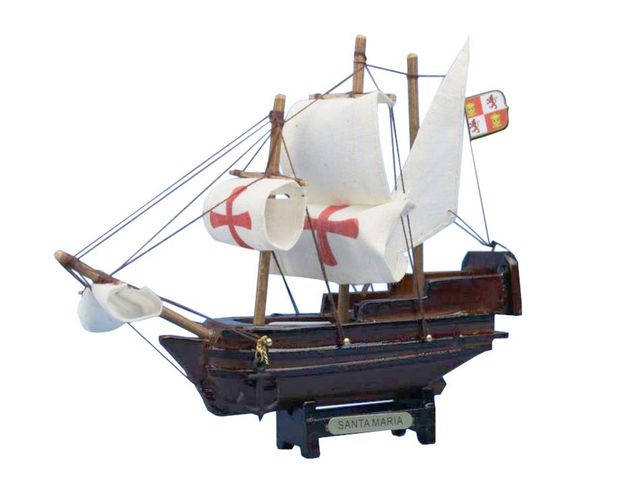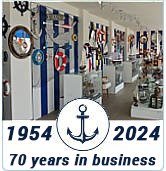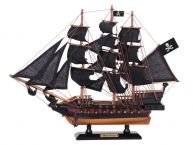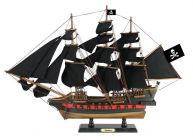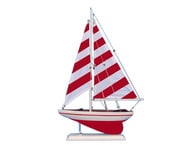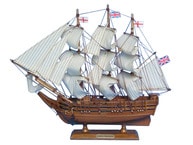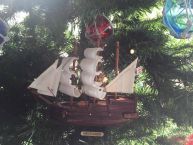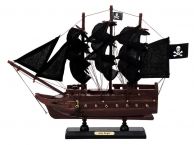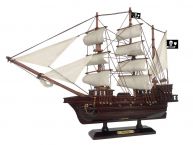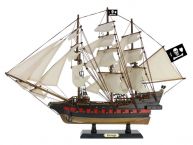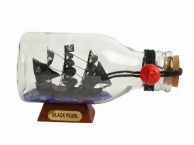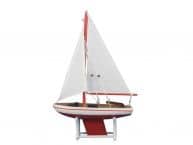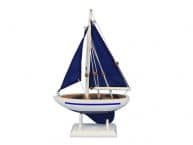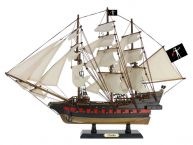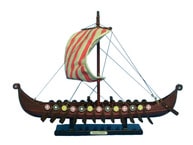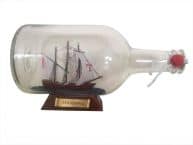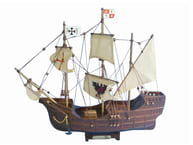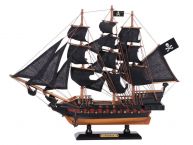The Santa María was the largest of the three ships used by Christopher Columbus in his first voyage across the Atlantic Ocean in 1492. Her master and owner was Juan de la Cosa.
The Santa was a small carrack, or "Nao" around 70 feet, and was used as the flagship for the expedition. She carried 40 men. In 1492, in the middle of the expedition, the ship ran aground and was abandoned.
The other ships of the Columbus expedition were the caravel-type ships Santa Clara, remembered as the Niña ("The Girl" – a pun on the name of her owner, Juan Niño) and Pinta ("The Painted" – this might be a reference to excessive makeup or perhaps prostitution). All these ships were second-hand (if not third or more) vessels and were never meant for exploration.
The Santa María was originally named La Gallega ("The Gallician"), probably because she was built in Galicia, (but it was also a euphemism to designate a prostitute, it seems the ship was known to her sailors as Marigalante, literally "Dirty Mary"). Bartolomé de Las Casas never used La Gallega, Marigalante or Santa María in his writings, preferring to use la Capitana or La Nao.
The ship was about 82 ft long, had a deck and three masts. She was the slowest of Columbus' vessels but performed well in the Atlantic crossing. The ship ran aground off the present-day site of Môle Saint-Nicolas, Haiti on December 25, 1492, and was lost. Timbers from the ship were later used to build Môle Saint-Nicolas, which was originally called La Navidad (Christmas) because the wreck occurred on Christmas Day.
No authentic contemporary likeness of any of the three ships of the Columbus expedition is known to exist. Several replicas of the Santa Maria have been built, all based solely on conjecture.
The ship was about 82 ft long, had a deck and three masts. She was the slowest of Columbus' vessels but performed well in the Atlantic crossing. The ship ran aground off the present-day site of Môle Saint-Nicolas, Haiti on December 25, 1492, and was lost. Timbers from the ship were later used to build Môle Saint-Nicolas, which was originally called La Navidad (Christmas) because of the fact that the wreck occurred on Christmas Day.
No authentic contemporary likeness of any of the three ships of the Columbus expedition is known to exist. Several replicas of the Santa Maria have been built, all based solely on conjecture.
Reconstructing Interest in reconstructing the Santa Maria started in the 1890s for the 400th anniversary of Columbus' voyage. The 1892 reconstruction depicted the ship as a Nao. A subsequent replica built in the 20th century (pictured above) depicts the Santa Maria as a Caraval. The Caraval didn't have the high forward structure of the Nao... Aparently Columbus himself referred to the Santa Maria as both a Nao and Caraval in his own journal. The 1992 reconstruction of the Santa Maria is also as a Nao, which is the most commonly accepted type of ship. The Ships of Christopher Columbus, by Xavier Pastor, Naval Institute Press, 1992, is a good reference on reconstructions of the Santa Maria (along with the Pinta and Niña).


 Handcrafted
Handcrafted Handcrafted
Handcrafted Handcrafted
Handcrafted Handcrafted
Handcrafted Handcrafted
Handcrafted Handcrafted Model Ships
Handcrafted Model Ships


